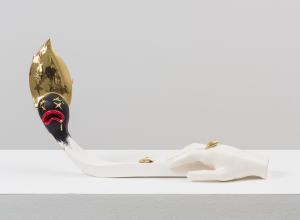52 years after the bronzes were pulled from the sea, however, the Syracuse Public Prosecutor's Office in Sicily officially opened an investigation to clarify the true origins of where and when the statues were found. The impetus for doing so comes from persistent debates surrounding the bronzes' manufacturing and display locations.
Even if archaeologists and historians generally agree on the statues dating to the 5th century BCE, that they were made in Argo, Greece, and that the two figures were originally holding weaponry, too many questions still exist based on where they were found and what should have been found with them.
One theory about the statues’ origin, and the one most closely tied to the new investigations, is that they were cast in multiple pieces in Greece in the 5th century BCE and taken to Syracuse in Sicily where they were assembled and displayed. The statues were then looted by the Romans during the siege of Syracuse in 213-212 BCE with the intent of taking them to Rome. However, the ship carrying the bronzes sank near Brucoli, Sicily.
This theory was already proposed in the 1970s by R. Ross Holloway, an archaeologist at Brown University, and supported further by Anna Marguerite McCann, the first American woman underwater archaeologist. Holloway in particular took the theory further, concluding that the bronzes were found at Riace because of looting activity in modernity, not because they originated from the area. Holloway's hypothesis is supported by multiple arguments.


![DEl Kathryn Barton [Australian b. 1972] the more than human love , 2025 Acrylic on French linen 78 3/4 x 137 3/4 inches 200 x 350 cm Framed dimensions: 79 7/8 x 139 inches 203 x 353 cm](/sites/default/files/styles/category_card_187x139/public/ab15211bartonthe-more-human-lovelg.jpg?itok=LJbNuU6F)

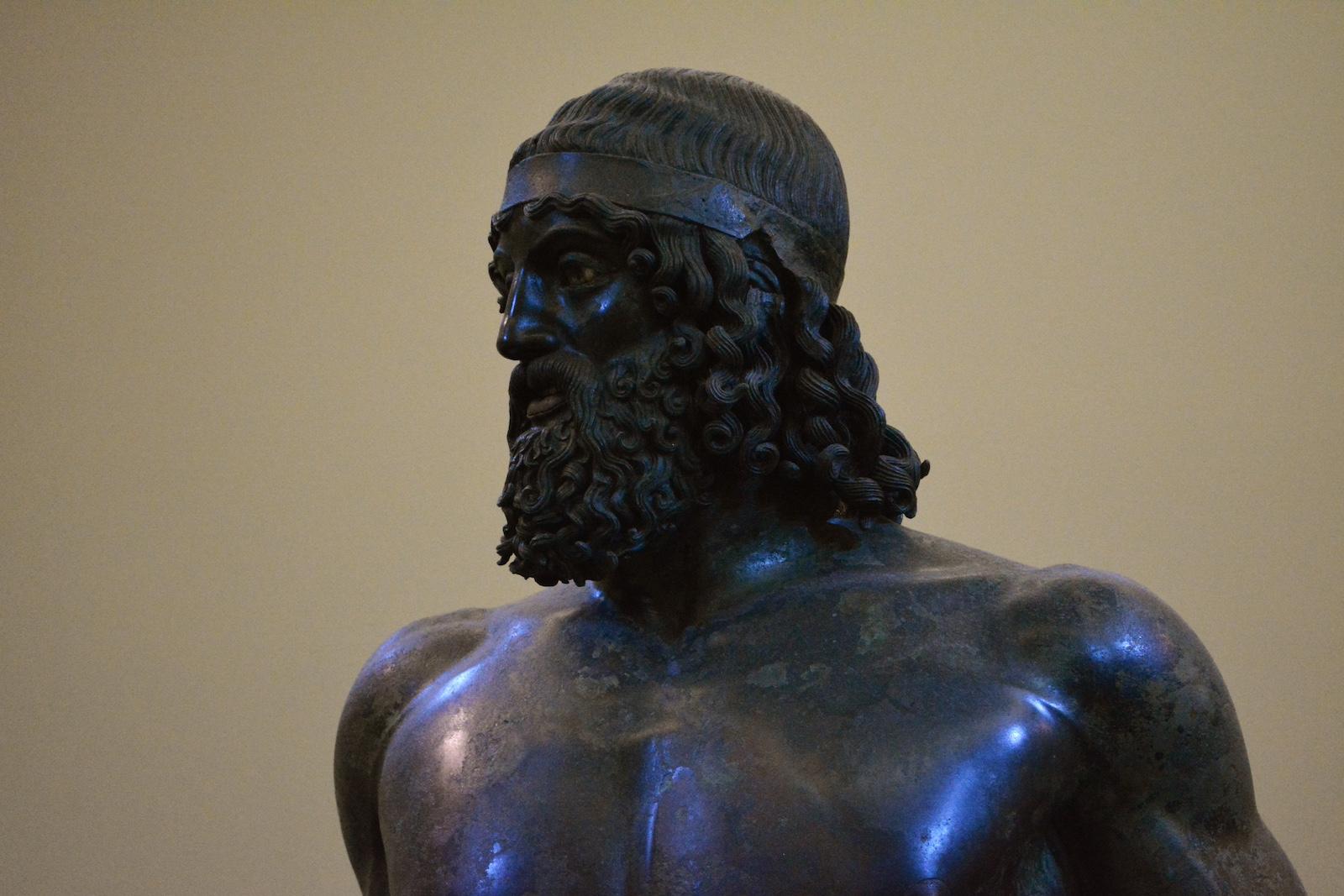
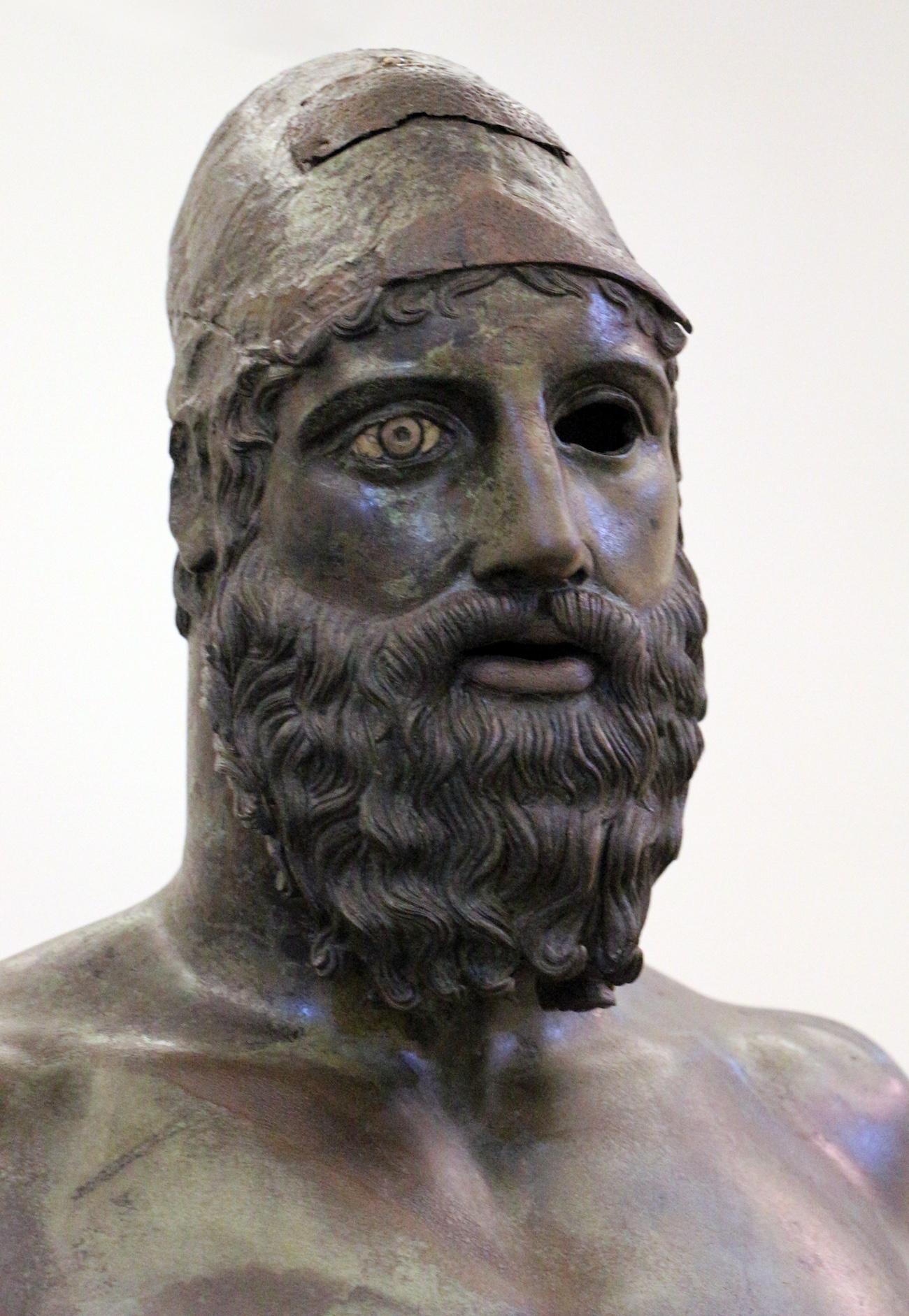
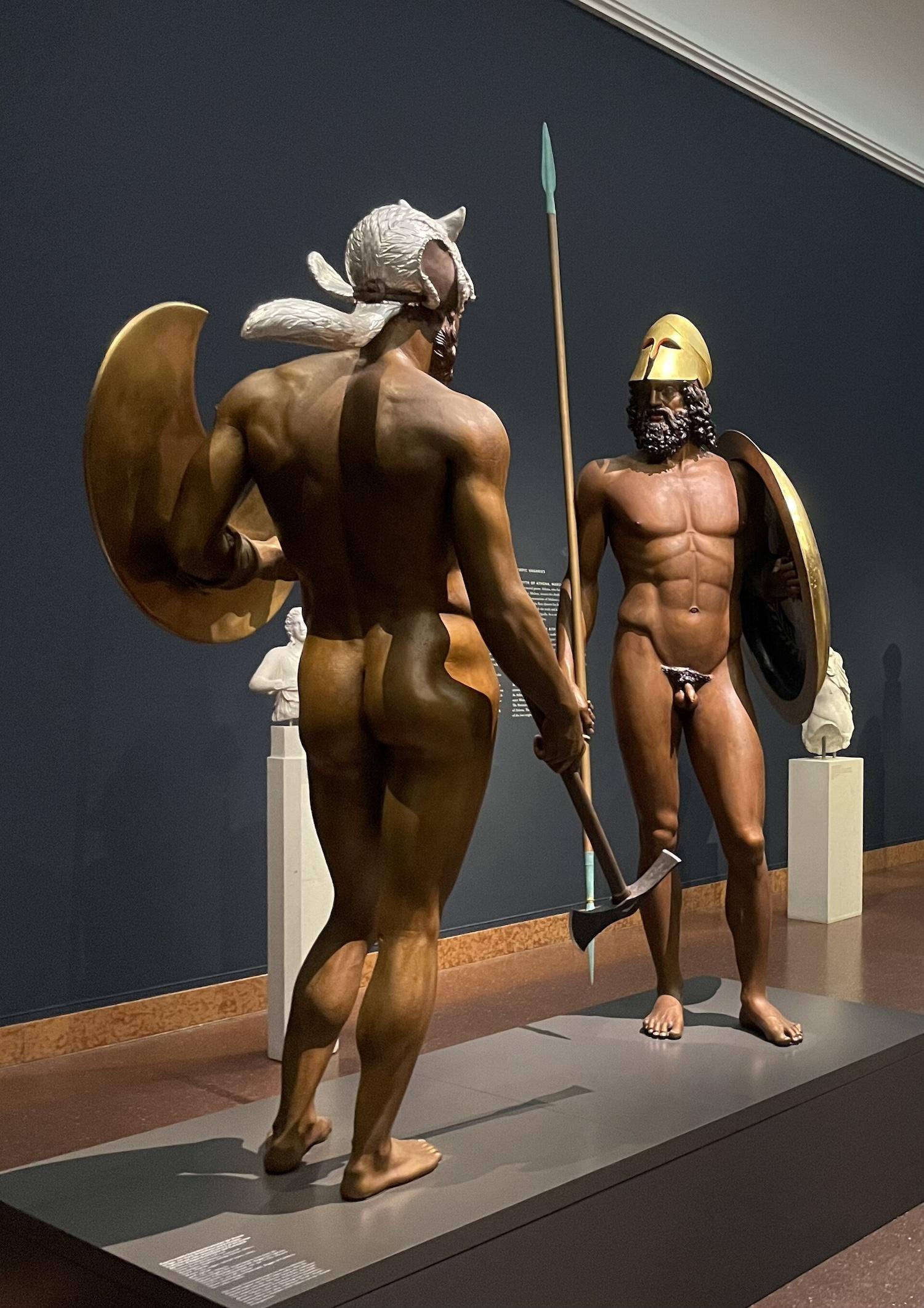
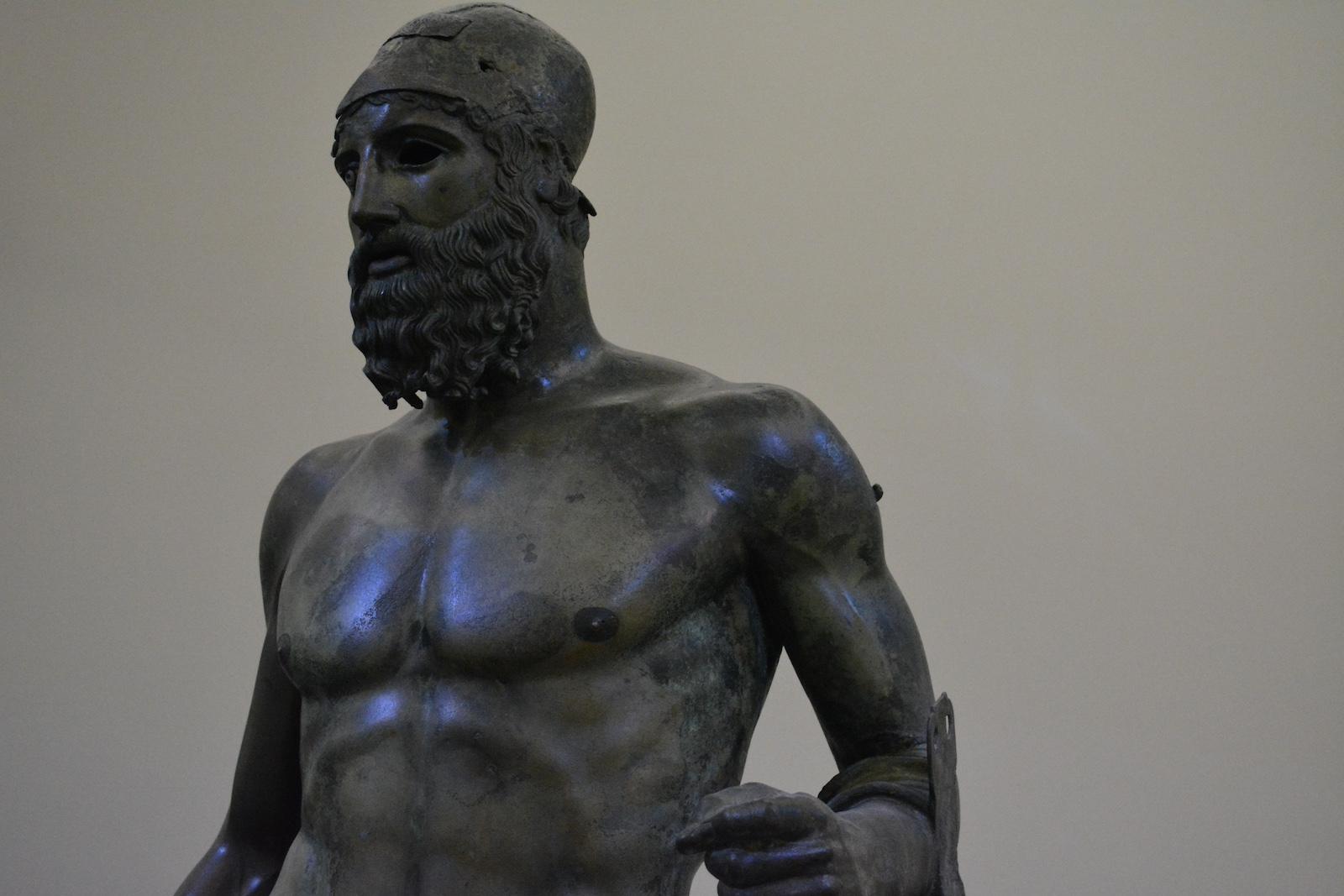
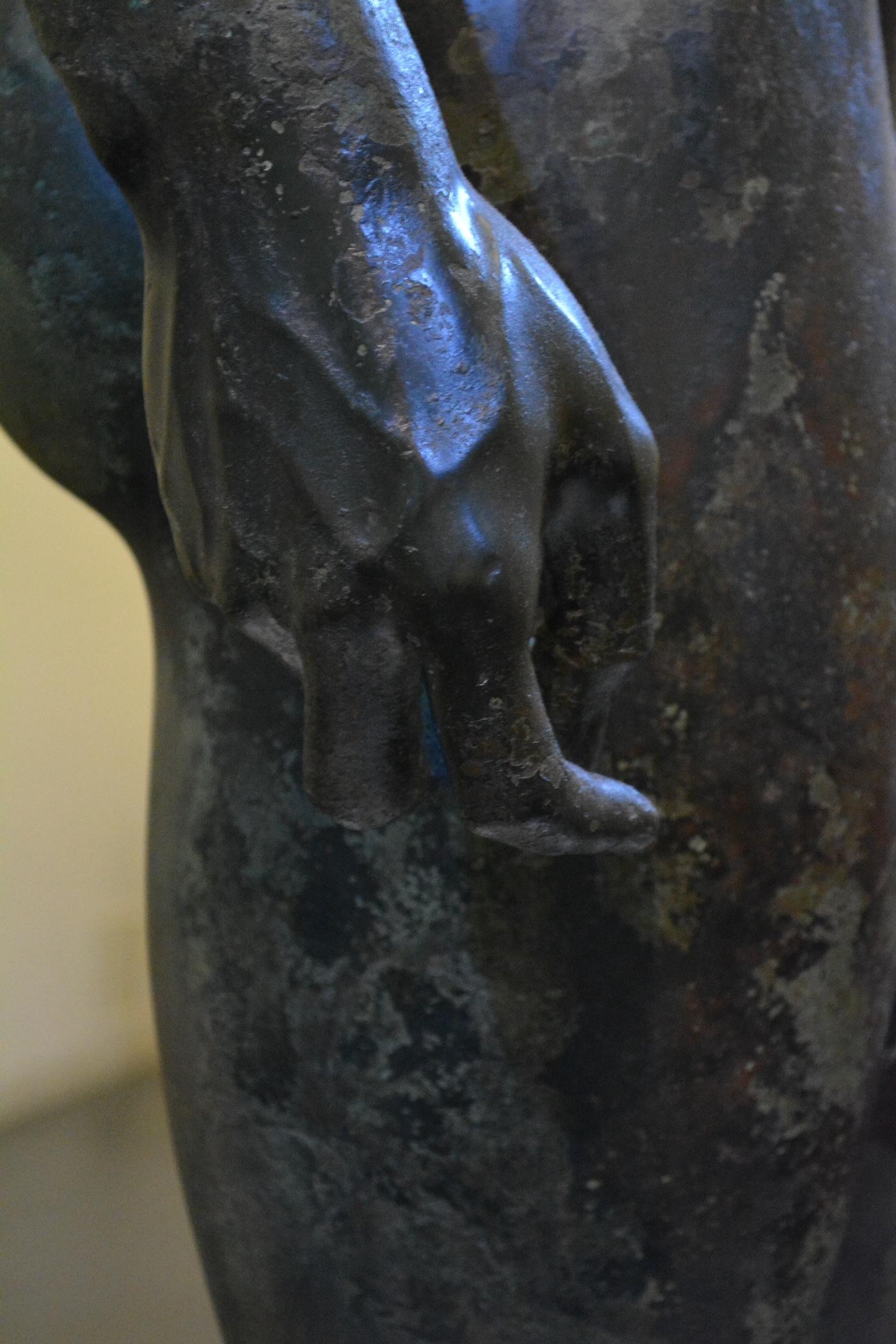

![DEl Kathryn Barton [Australian b. 1972] the more than human love , 2025 Acrylic on French linen 78 3/4 x 137 3/4 inches 200 x 350 cm Framed dimensions: 79 7/8 x 139 inches 203 x 353 cm](/sites/default/files/styles/image_5_column/public/ab15211bartonthe-more-human-lovelg.jpg?itok=wW_Qrve3)

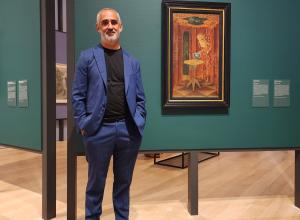


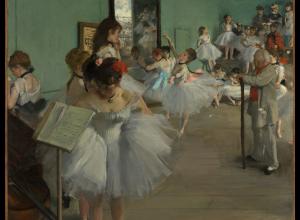


![DEl Kathryn Barton [Australian b. 1972] the more than human love , 2025 Acrylic on French linen 78 3/4 x 137 3/4 inches 200 x 350 cm Framed dimensions: 79 7/8 x 139 inches 203 x 353 cm](https://www.artandobject.com/sites/default/files/styles/image_5_column/public/ab15211bartonthe-more-human-lovelg.jpg?itok=wW_Qrve3)




